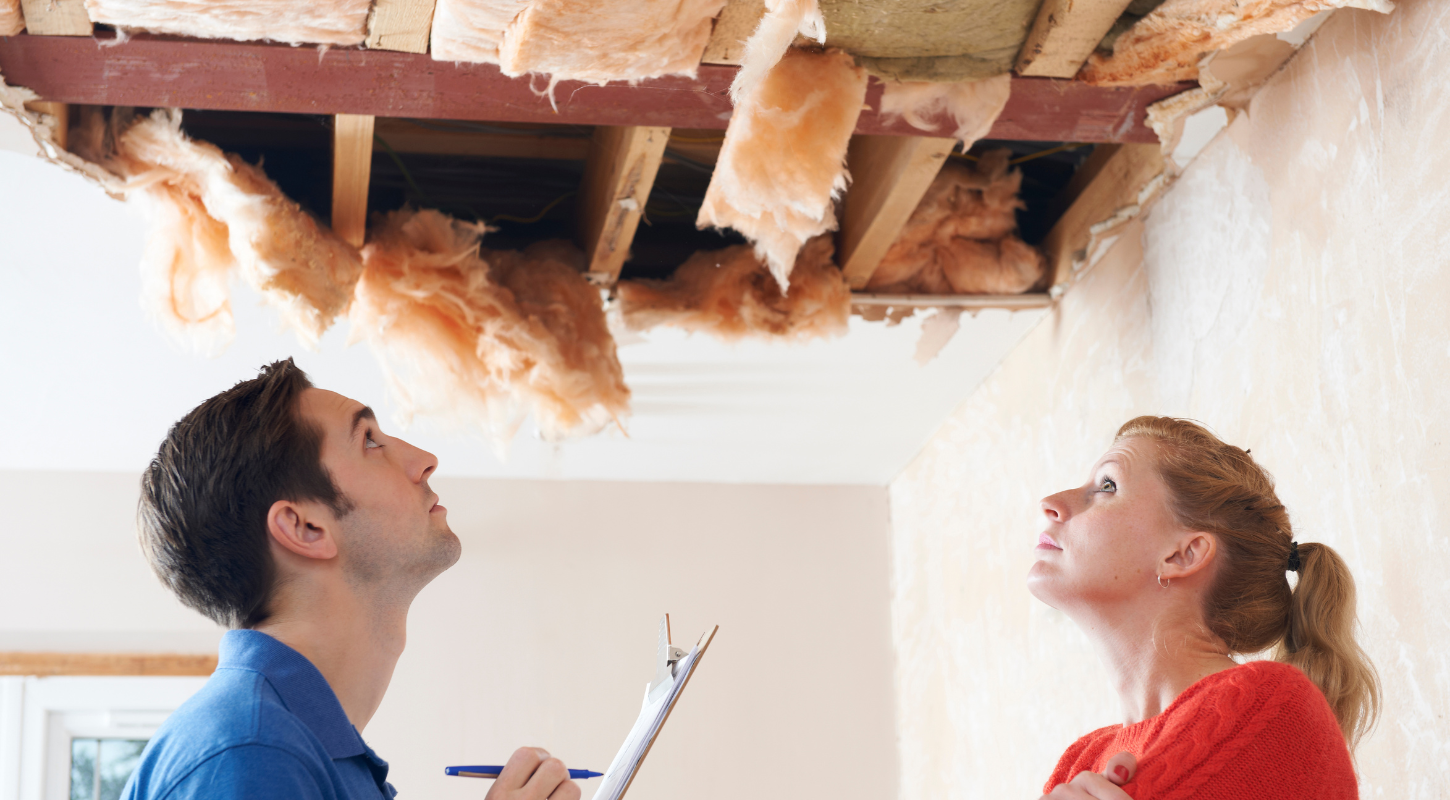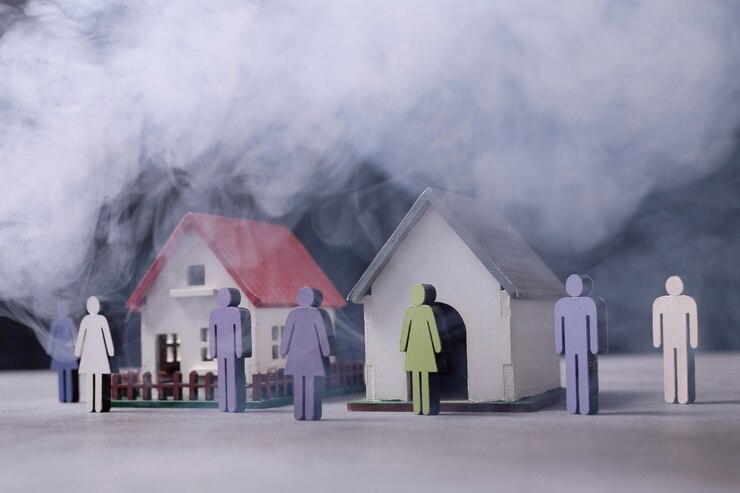
Restoring Your Home: A Guide To Fire And Water Damage Remediation
By: 911 Water Damage Experts
In times of crisis, such as fire or water damage, restoring your home can feel like an overwhelming task.
However, with the right knowledge and approach, you can navigate the restoration process effectively.
In this SEO article, we’ll explore how to remove fire damage from your home, along with common causes of water damage, popular fire damage solutions, tips for dealing with water damage, and frequently asked questions about fire damage restoration.
Removing Fire Damage From Your Home
When fire strikes, it leaves behind a trail of devastation. But fear not, as there are effective ways to remove fire damage from your home. Here’s a step-by-step guide:
1. Assess the Damage
Before you begin the restoration process, assess the extent of the fire damage. Take note of areas affected by flames, smoke, and soot, as well as any structural damage.
2. Ensure Safety
Safety should be your top priority. Before entering your home, ensure that it is structurally sound and free from any hazards. Wear protective gear such as gloves, goggles, and masks to protect yourself from airborne particles and contaminants.
3. Cleanup and Debris Removal
Start by clearing out debris and charred materials from the affected areas. Use heavy-duty gloves and trash bags to dispose of debris safely. Be thorough in your cleanup efforts to prevent further damage and contamination.
4. Soot and Smoke Residue Removal
Soot and smoke residues can cling to surfaces, leaving behind stubborn stains and odors. Use specialized cleaning solutions and techniques to remove soot and smoke residues from walls, ceilings, and other surfaces. Consider hiring professional cleaners for thorough and effective removal.
5. Odor Elimination
Lingering smoke odors can persist even after visible signs of fire damage have been addressed. Utilize odor-neutralizing agents such as ozone generators or thermal fogging to eliminate unpleasant odors from your home.
6. Structural Repairs
Assess and repair any structural damage caused by the fire. This may involve replacing damaged walls, floors, and ceilings, as well as reinforcing weakened structures to ensure safety and stability.
7. Content Restoration
Salvage and restore any salvageable belongings affected by the fire. Professional restoration services can help clean, deodorize, and restore items such as furniture, clothing, and electronics.
8. Preventive Measures
Take steps to prevent future fire incidents by installing smoke detectors, fire extinguishers, and fire-resistant materials. Practice fire safety measures such as proper candle and cooking appliance usage to reduce the risk of future fires.
9. Professional Inspection
After completing initial cleanup and restoration efforts, consider hiring a professional inspector to assess the safety and integrity of your home. They can identify any hidden damage or safety hazards that may require further attention.
10. Monitor for Mold
In the aftermath of a fire, moisture from firefighting efforts or water damage can create conditions conducive to mold growth. Monitor your home for signs of mold growth, such as musty odors or visible mold growth, and address any issues promptly to prevent further damage and health risks.
Common Causes of Water Damage
In addition to fire damage, water damage is another common threat to homeowners. Understanding the causes of water damage can help you prevent and mitigate its effects. Here are the top 10 most common causes of water damage:
1. Leaky Pipes
Old or corroded pipes can develop leaks over time, leading to water damage in walls, floors, and ceilings.
2. Plumbing Issues
Burst pipes, clogged drains, and overflowing toilets can result in water damage if not addressed promptly.
3. Roof Leaks
Damaged or deteriorated roofing materials can allow water to seep into your home, causing water damage to ceilings and walls.
4. Faulty Appliances
Malfunctioning appliances such as washing machines, dishwashers, and water heaters can leak water and cause damage to surrounding areas.
5. Sump Pump Failure
A malfunctioning sump pump can result in water accumulation in basements and crawl spaces during heavy rainfall or flooding.
6. Natural Disasters
Severe weather events such as hurricanes, floods, and storms can lead to water damage by causing roof damage or flooding.
7. Poor Drainage
Inadequate drainage around your home’s foundation can result in water pooling and seeping into basements or crawl spaces.
8. Humidity and Condensation
High humidity levels and condensation can promote mold growth and cause water damage to walls, ceilings, and floors over time.
9. Frozen Pipes
During cold weather, frozen pipes can burst, leading to water damage and flooding within your home.
10. Sewer Backup
Sewer backups can occur due to blockages or system malfunctions, resulting in water damage and potential health hazards.
Popular Fire Damage Solutions
When it comes to restoring your home after a fire, there are several effective solutions available. Here are the top 5 most popular fire damage solutions:
1. Fire Damage Cleanup
Professional cleanup services specialize in removing debris, soot, and smoke residues from fire-damaged areas. They use specialized equipment and techniques to ensure thorough cleaning and restoration.
2. Structural Repairs
Repairing and restoring damaged structures is essential for safety and structural integrity. Professional contractors can assess and repair fire-damaged walls, floors, and ceilings, ensuring your home is safe to inhabit.
3. Smoke Odor Removal
Lingering smoke odors can be difficult to eliminate. Professional restoration companies use advanced techniques such as ozone treatment and thermal fogging to neutralize smoke odors and improve indoor air quality.
4. Content Restoration
Salvaging and restoring personal belongings affected by fire damage is crucial. Professional restoration services can clean, deodorize, and restore items such as furniture, clothing, and electronics, saving you time and money on replacements.
5. Reconstruction
In cases of severe fire damage, reconstruction may be necessary to restore your home to its pre-fire condition. Professional contractors can rebuild damaged areas of your home, ensuring structural integrity and aesthetic appeal.
Tips for Dealing with Water Damage
Water damage can be a homeowner’s nightmare, but knowing how to handle it can make all the difference. Here are 5 tips for dealing with water damage in your home:
1. Act Quickly
Time is of the essence when dealing with water damage. Prompt action can prevent mold growth and further structural damage.
2. Assess the Damage
Evaluate the extent of the water damage to determine the necessary steps for remediation. This includes identifying areas affected by water infiltration, assessing the severity of damage to building materials and belongings, and documenting the extent of the damage for insurance purposes.
3. Remove Standing Water
Use pumps, wet vacuums, or towels to remove standing water from affected areas. This helps prevent further saturation of materials and reduces the risk of secondary damage such as mold growth or structural deterioration.
4. Dry Thoroughly
Proper drying techniques, including dehumidification and ventilation, are essential to prevent mold and mildew growth. Use fans, dehumidifiers, and open windows to promote airflow and expedite the drying process.
5. Disinfect and Clean
Thoroughly clean and disinfect water-damaged surfaces and materials to prevent bacterial growth and ensure a safe environment for occupants.
FAQs About Fire Damage Restoration
Navigating the fire damage restoration process can raise many questions. Here are the top 10 frequently asked questions about fire damage restoration:
1. How long does fire damage restoration take?
The duration of fire damage restoration can vary depending on the extent of the damage. Minor cases may take a few days to a week, while more severe damage could require several weeks or even months to fully restore. It’s essential to have a professional assessment to get a more accurate timeline.
2. Will insurance cover fire damage restoration costs?
In many cases, homeowner’s insurance policies cover fire damage restoration costs. However, the extent of coverage can vary based on your policy and the specific circumstances of the fire. It’s crucial to review your insurance policy and consult with your insurance provider to understand your coverage and file a claim promptly.
3. Is it safe to stay in my home during the restoration process?
The safety of staying in your home during the restoration process depends on the extent of the damage and the type of restoration work being done. In some cases, it may be safe to remain in your home, while in others, temporary relocation may be necessary. Follow the guidance of restoration professionals and prioritize safety at all times.
4. How do I choose a reputable fire damage restoration company?
When selecting a fire damage restoration company, look for reputable firms with experience, certifications, and positive reviews from past clients. Ensure they are licensed, bonded, and insured, and ask for references or testimonials. Additionally, inquire about their restoration process, equipment, and warranties to make an informed decision.
5. Can I salvage any of my belongings after a fire?
In many cases, belongings damaged by fire and smoke can be salvaged through professional restoration techniques. Items such as furniture, clothing, and electronics can undergo cleaning, deodorizing, and repair to restore them to pre-fire condition. It’s essential to act quickly and consult with restoration experts to maximize salvage opportunities.
6. Will smoke odor ever completely disappear?
With proper cleaning and deodorizing techniques, smoke odors can be significantly reduced or eliminated. Professional restoration companies utilize advanced equipment and methods such as ozone treatment and thermal fogging to neutralize smoke odors effectively. However, the complete elimination of smoke odors may require thorough and meticulous cleaning efforts.
7. Do I need to replace all the damaged materials in my home?
Not necessarily. While some materials may need to be replaced due to extensive damage, many can be restored through cleaning, repair, or refinishing. Professional restoration experts can assess the extent of damage to your home’s materials and recommend the most appropriate course of action to restore them effectively.
8. How can I prevent future fires in my home?
Preventing future fires requires implementing proactive fire safety measures such as installing smoke detectors, fire extinguishers, and carbon monoxide alarms. Avoid leaving cooking appliances unattended, practice safe candle usage, and maintain electrical systems regularly. Educate your family members about fire safety procedures and develop an emergency evacuation plan.
9. What should I do immediately after a fire?
After a fire, prioritize safety by ensuring everyone is accounted for and seeking medical attention for any injuries. Contact emergency services and your insurance provider to report the fire and begin the claims process. Avoid entering your home until it has been deemed safe by authorities and follow their instructions closely.
10. Can I handle fire damage restoration on my own, or do I need professional help?
While minor fire damage cleanup tasks can be tackled independently, it’s advisable to seek professional help for comprehensive fire damage restoration. Professional restoration companies have the expertise, equipment, and resources to safely and effectively restore your home after a fire, minimizing further damage and ensuring thorough cleanup and restoration.



